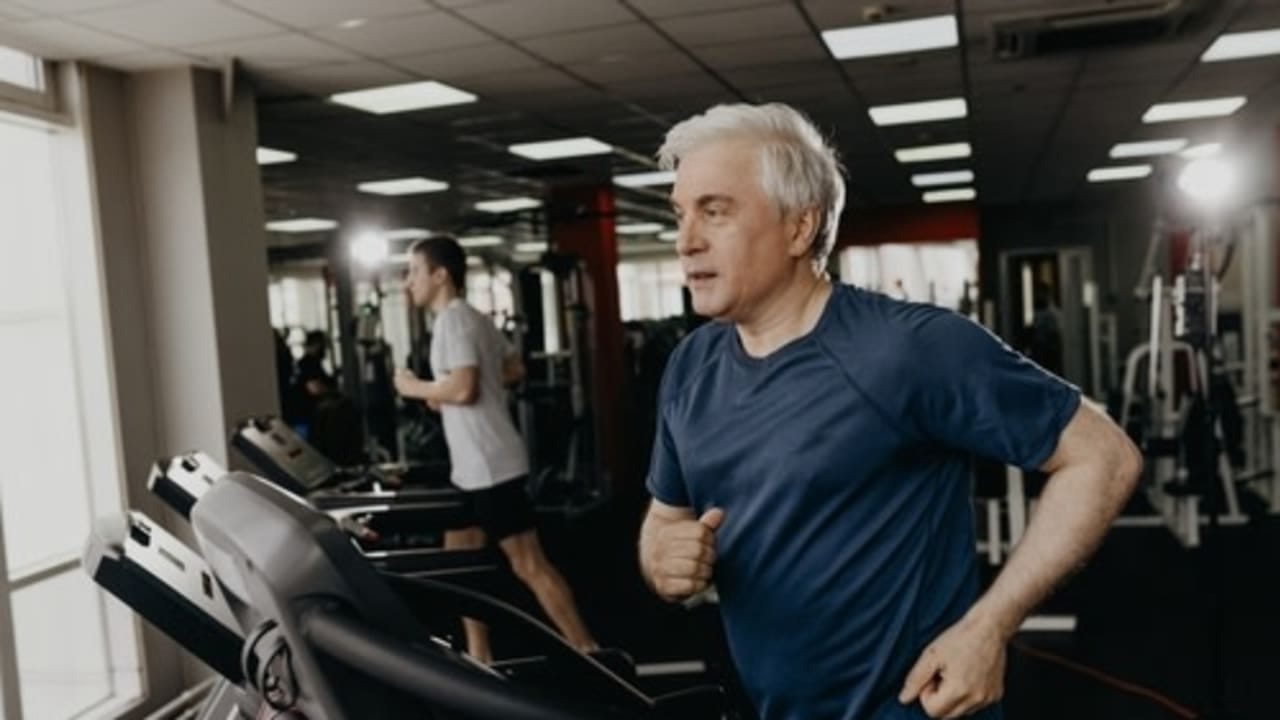Colon cancer patients who are supported to do regular exercise are more likely to survive the disease, Cancer Research UK reported.
As well as showing that exercise can cut the risk of death and cancer recurrence, the results highlight the importance of personalised support in helping people develop the right routine for them.
“For an intervention that isn’t a drug, exercise offers remarkable benefits for patients,” said Professor Charles Swanton, our chief clinician. “For some people with colon cancer, physical activity can be a game-changer that shifts the course of their recovery.”
Patients on the CO21 CHALLENGE trial had already finished their cancer treatment, which included surgery and chemotherapy, but they still faced a risk that their cancer could come back. The researchers wanted to see if a structured exercise routine would help them stay well.
Half of the people who took part received standard health education materials with guidance on exercise and healthy eating, while the rest were given regular support from a trainer to help them reach a weekly exercise target.
After five years, 80% of people supported to do structured exercise remained cancer free, compared with 74% of those who were given the standard booklets. At eight years, 90% of people with structured exercise programmes were still alive, up from 83% in the health education materials group.
Overall, the patients in the structured programme were 37% less likely to die in the eight years following their treatment.
Professor Vicky Coyle at the University of Belfast, who led the research in the UK, said: “During the trial, we supported people to reach their weekly exercise target in a way that worked for them. This could be a brisk walk for around 40 minutes every day, but some patients were also doing circuit classes, cycling, swimming, and many other activities.
“Our study gives clear, encouraging evidence that physical activity can reduce the risk of cancer returning for some people with colon cancer. We now need to work with policymakers and healthcare providers to embed exercise into treatment plans where appropriate.”
















